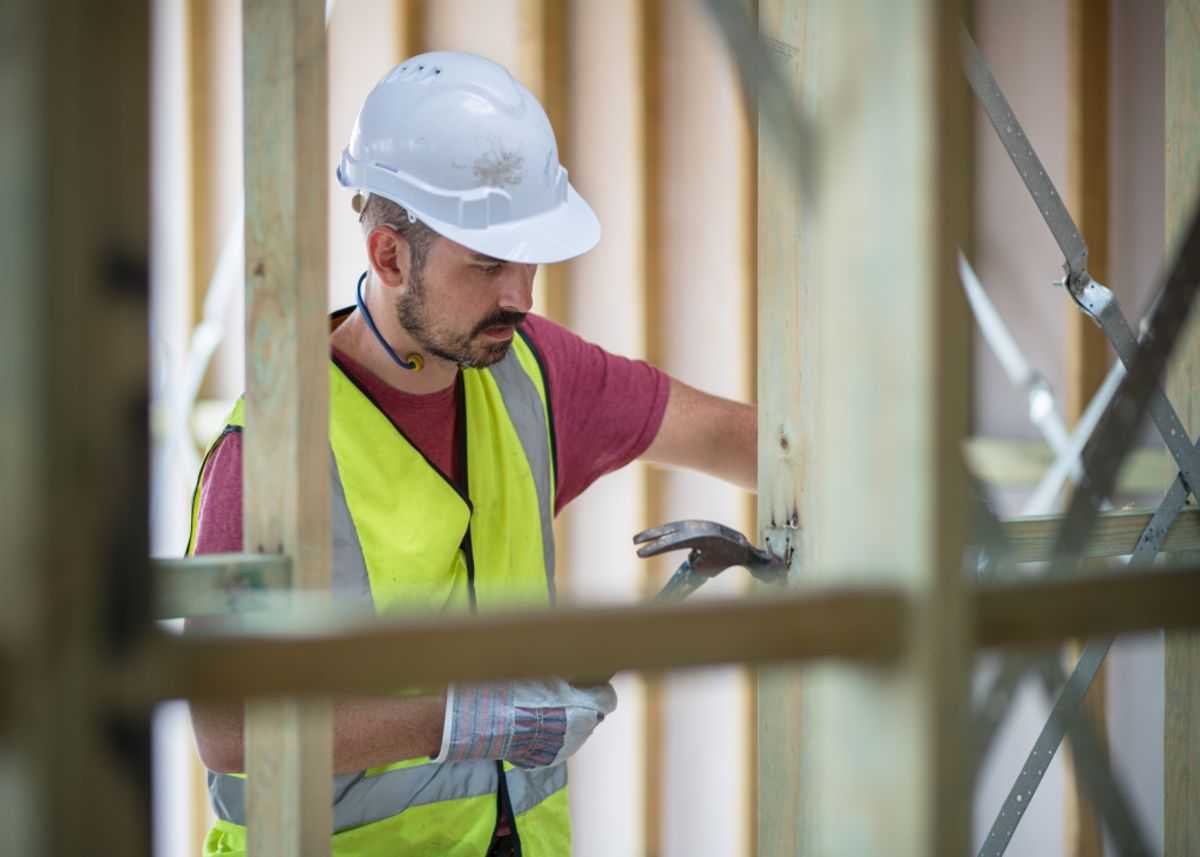More of Australia’s low-income earners could have a roof over their heads under a new proposal to fund and build more social housing.
Up to 3000 houses could be built every year from the profits of a $20 billion investment by the federal government in a social housing future fund, under a plan put forward by think tank the Grattan Institute on Monday,
The plan would help to ensure future generations had access to social housing, rather than the alternative of sleeping rough or living in overcrowded homes, Grattan Institute’s economic program policy director Brendan Coates said.
The social housing fund could be set up similarly to the six others paid for by federal government investments, including those for public service superannuation entitlements and medical research.
The profits from the fund, estimated to be 4 to 5 per cent after inflation, would be used to build new social homes, Mr Coates said.
While it would cost $20 billion to fund, the costs to the federal government would be a “modest” $400 million a year on interest repayments on debt of that size, which equates to less than 0.1 per cent of government spending each year. Managed by the Future Fund Board of Guardians, he said that the investment returns would generally be higher than the interest costs.
More social housing would actually reduce other costs to governments related to homelessness, including ongoing emergency healthcare and crime, he said.
“If it was set up in 2022-23, the fund could build 24,000 social housing dwellings by 2030, and 54,000 by 2040,” Mr Coates said. With matching state government funding, he said the scheme could double the number of social homes built.





Howdy would you mind letting me know which web host you’re using? I’ve loaded your blog in 3 completely different internet browsers and I must say this blog loads a lot faster then most. Can you suggest a good hosting provider at a fair price? Kudos, I appreciate it!
Thanks in support of sharing such a fastidious thought, article is nice, thats why i have read it fully